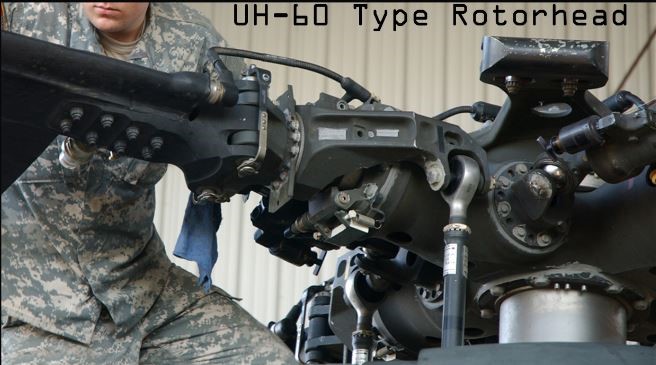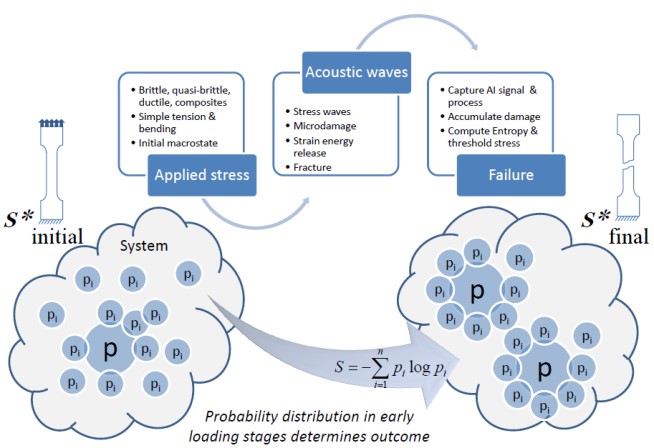Mechanical Engineering
Navy supports U of M Mechanical Engineering thru STTR program on helicopter reliability
Rotorcraft structures are subject to damage accumulation due to the harsh environment and conditions in which they operate. Components are currently designed using a safe-life approach, in which analytical methods are used to calculate the predicted service life of components. The major disadvantage is that the components are retired from use after a specified number of service hours, regardless of the remaining useful life of the component, and consequently some parts are not utilized to their full potential of useful life. Efforts are currently underway to transition from a safe-life design approach to a more practical conditional maintenance approach, in order to achieve optimum service life out of structural components.
The Navy desires a model for structural health measurement that is capable of assessing
the accumulated damage and remaining useful life of components in a timely manner
post-flight. This will eliminate the need for load tracking during flight and prevent
the additional weight and complexity (hence increased cost) of components utilized
during flight. The desired model will relate the current level of accumulated damage
in a component/s to the remaining useful life of the component/s. There are multiple
technologies available for measuring the amount of accumulated damage in a component,
such as acoustic emissions, surface temperature, ultrasound, and electromagnetic readings.
Recent research efforts at University of Memphis have demonstrated that acoustic emission
technology provides the clearest signal transmission when a damage event occurs, i.e.
they have established a data-enabled approach to quantify random damage of materials
and structures by constructing a measureable multi-variate, (D). This variate can
then be analyzed by means of mathematical statistics, allowing for data-enabled decision-making
concerning material failure.
Our STTR project partner is Safe Inc., Tempe, AZ.


Fig. Helicopter Rotorhead component reliability and associated Acoustic Emission approach developed by University of Memphis.
